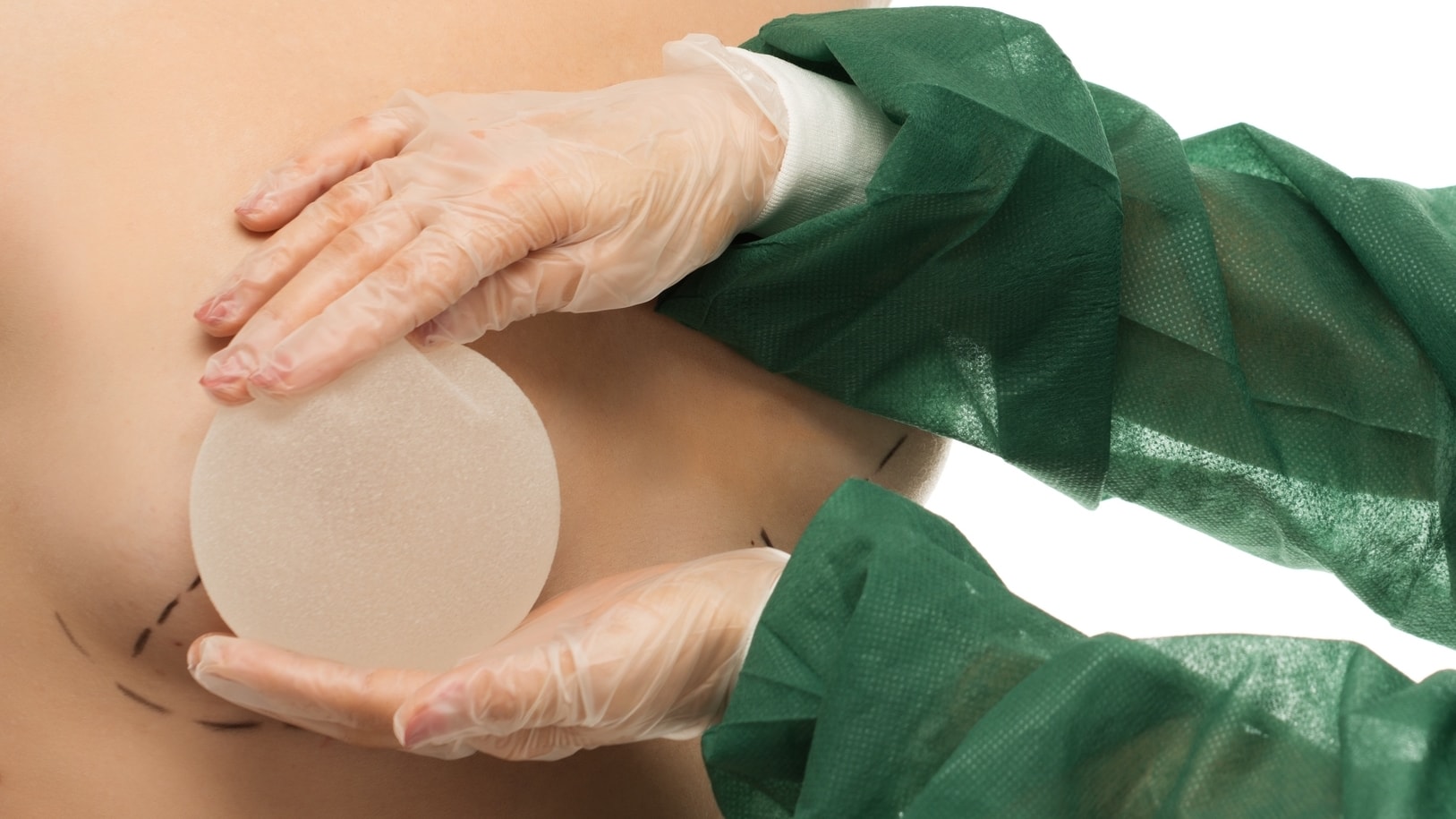
Breast implant placement is used to augment the breasts by enlarging or improving their shape. It is often done to rejuvenate deflated breasts due to aging or child birth.
There are three common ways to place an implant:
1. Subglandular implants are placed below the breast tissue but above the pectoralis muscle.
2. Submuscular implants are placed below the muscle and directly on the chest wall.
3. A dual plane procedure is when the implant is placed below the muscle but the breast tissue is also elevated off the muscle.
About 90% of all breast implant patients have submuscular implants because when the implant is placed below the muscle, there is more padding around it. All of this padding hides the implant better. Implant rippling is seen less in a submuscular placement.
When an implant is placed subglandular, rippling is sometimes an issue and can be quite noticeable. Many patients have heard the term capsular contracture when it comes to breast implant risks. Capsular contracture is a hardening around the implant which can be caused by bacteria or other unknown factors and eventually creates hardening of the surrounding tissue. Implants that are placed under the muscle can actually help battle capsular contracture due to the fact that the muscle is contracting throughout the day with ordinary movements and it breaks up the scar tissue. However, having the implants placed above the muscle is a less traumatic procedure due to the fact that the muscle is not being cut. Subglandular implants are can be used when a patient wants an implant with a slight nipple lift in very specific patients and they tend to look more natural earlier after surgery.
Since a dual plane placed implant is placed below the muscle, the natural movement can still assist with preventing capsular contracture. In addition, the breast tissue is lifted off the muscle so it can achieve the benefits of both subglandular and submuscular placements.
Many people believe that breast augmentation and a breast lift mean the same thing. Although the specific goal is to change or improve the breast, they are not the same surgery. Breast augmentation is primarily used to enhance the volume of the breast. A breast lift is a procedure that repositions the breast and nipple to a higher position in the chest wall. A breast lift is done when a woman wants to remedy droopy or ptotic breast tissue. Ptotic breasts develop due to age or pregnancy and it is a deflation of the breast tissue which leaves most of the tissue volume hanging below the fold of the breast. In addition, the nipple area is typically pointing downward.
A patient must keep in mind that a breast lift does not do anything for volume. It is only used to restore shape to the breast. However, if a woman wants larger and perky breasts, a combination of a lift and augmentation can be used to achieve the desired look.
When choosing a breast implant size, a person must be realistic about their body size and breast tissue. Implants that are too big can cause a number of complications including:
The biggest risk with breast implant placement is the aforementioned capsular contracture. These hard masses can be very painful and can lead to the need to remove the implant. There is also a risk of bleeding, malposition, infection, and animation deformity. Animation deformity occurs when a submuscular implant shifts due to the natural pushing and pulling motion of the pectoralis muscle. However, this is mainly seen in women who are very athletic or engage in active exercising.
Since subglandular implants are placed without cutting through the pectoralis major muscle, this procedure has a greater advantage over submuscular implants when it comes to recovery. Having the implant placed above the muscle is less painful and also means less swelling and less downtime. The recovery generally takes weeks after any breast augmentation.
When it comes to future body changes such as gradual weight gain or weight gain during pregnancy, it is important to know that the breast tissues can change and alter the result of the augmentation. With rapid weight loss, the breast tissue relaxes and can become droopy.
Patients should seek out a board certified plastic surgeon if they are considering a breast augmentation to review the benefits and risks. Breast augmentation surgery can be a very satisfying procedure when expectations are realistic.
Written by Cosmetic Town Editorial Team -SP
Based on an exclusive interview with Tim Neavin, MD in Beverly Hills, CA